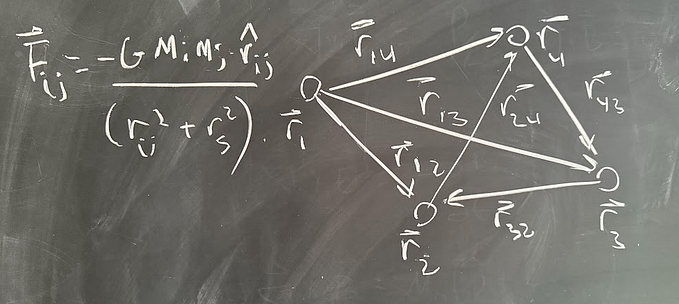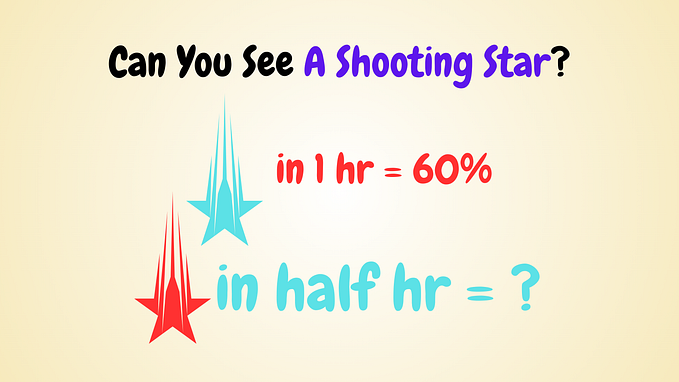Decimal Time
Although most of the world has succumbed to the logic and elegance of metric measurements, there’s one property that remains stubbornly undecimalised-time.

There are 60 seconds in a minute. Sixty minutes in an hour. Twenty four hours in a day. Seven days in a week, which have little or nothing to do with the months, which vary in length between 28 and 31 days, and in one case change length depending on what year it is.
Also, around the year 1800, different countries had different opinions about the correct date. Some, like Greece, Turkey and Egypt, retained the Julian calendar until well after the First World War.
Enough, thought the French; this madness must stop! Hampered slightly by the problem that the 365-and-a-bit days in a year aren’t a nice power of ten, they came up with a Revolutionary Calendar: twelve months, still, each comprising three ‘decades’ of ten days-plus five or six days as a holiday at the end of the year, partly as a holiday, and partly to keep the seasons in sync with the calendar.
Each day was split into ten decimal hours, more than twice the length of the ones we’re used to; these were made of a hundred minutes, slightly longer than regular minutes; decimal seconds, a hundred to the decimal minute, were slightly shorter than the seconds we currently use.
Sadly, both the Revolutionary Calendar and decimal time only ever really caught on in France, and even then only for a few decades. Like the QWERTY keyboard, VHS videos and Windows software, the well-established traditional calendar and clock eventually held firm against the challenge of better idea.
Thank you so much for taking the time to read this article. If you want to support me yo can follow me. 😊
References: Wikipedia, cracking mathematics










